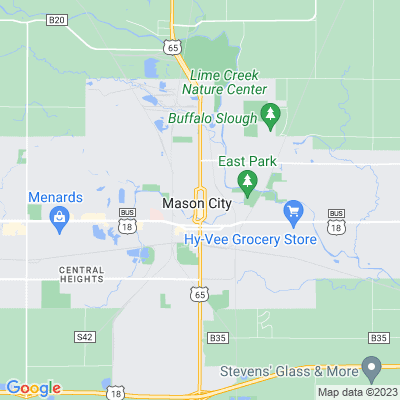
Mason city, IA
Mason City, IA is a vibrant city located in North Central Iowa. With a population of over 27,000 residents, it is the largest city in Cerro Gordo County. Known for its rich history and beautiful architectural styles, Mason City offers a unique blend of small-town charm and modern amenities. In recent years, the city has experienced significant growth and development, making it an attractive place to live and work. When it comes to roofing in Mason City, there are several factors to consider, including the climate and weather conditions, as well as the different architectural styles found in the area.
Brief History of Mason city, IA
Mason City, IA has a fascinating history that dates back to the mid-19th century. The city was founded in 1853 and quickly grew into a bustling hub of commerce and industry. It was named after a local politician, John Mason, who played a key role in the city’s early development. Over the years, Mason City has faced its fair share of challenges, including devastating fires and economic downturns. However, the city has always managed to bounce back and thrive. Today, many of the historic buildings in Mason City have been beautifully restored, showcasing the city’s rich architectural heritage.
Climate and Weather
The climate in Mason City, IA is classified as humid continental, characterized by hot, humid summers and cold, snowy winters. These weather conditions can have a significant impact on the durability and longevity of roofs in the area. The extreme temperature changes, along with heavy snowfall, can put a lot of stress on roofs, leading to issues such as leaks and damage. Therefore, it is important for homeowners in Mason City to choose roofing materials that are specifically designed to withstand the local climate. Some popular roofing options for the area include asphalt shingles, metal roofs, and rubber roofs.
Architecture in Mason city, IA
Mason City, IA is known for its diverse architectural styles, ranging from Victorian and Prairie School to Art Deco and Mid-Century Modern. Each architectural style comes with its own unique roofing requirements and materials. For example, Victorian houses often have steeply pitched roofs with intricate detailing, making slate or cedar shingles a popular choice. Prairie School architecture, on the other hand, is characterized by low-pitched roofs and overhanging eaves, which are typically covered with flat or low-slope roofing materials like rubber or metal. By understanding the architectural styles in Mason City, homeowners can choose roofing materials that not only complement the design of their homes but also provide the necessary protection.
Solar Overview
Mason City, IA experiences an average of 206 sunny days per year, making it a suitable location for solar power. Solar panels can be a great addition to roofs in Mason City, as they can help reduce energy costs and promote sustainability. The city has been making efforts to promote solar energy and offers various incentives and rebates for homeowners who choose to install solar panels. With the right solar conditions and proper installation, homeowners in Mason City can benefit from clean and renewable energy while also adding value to their properties.
Roofing overview
In conclusion, roofing in Mason City, IA is a crucial aspect of home maintenance and improvement. The city’s unique blend of architectural styles and diverse weather conditions require homeowners to carefully consider their roofing options. Whether it’s choosing materials that can withstand the extreme temperatures and heavy snowfall or selecting roofing styles that complement the architectural design, homeowners in Mason City have a wide range of options to ensure the durability and aesthetics of their roofs. Additionally, the city’s commitment to solar energy presents an opportunity for homeowners to embrace sustainable practices and reduce their carbon footprint. Overall, roofing in Mason City is not just about protecting homes from the elements but also about enhancing the beauty and sustainability of the community.

